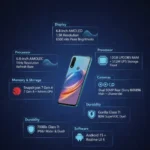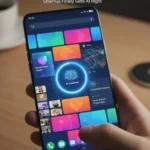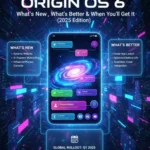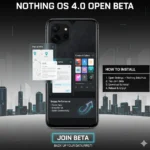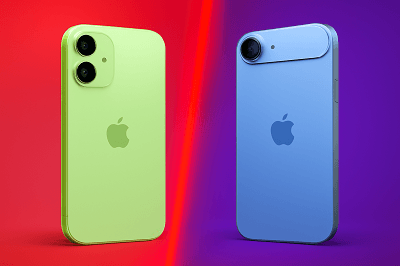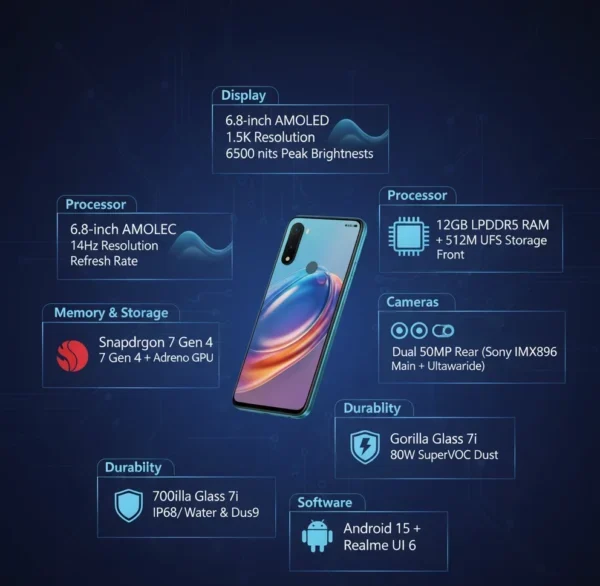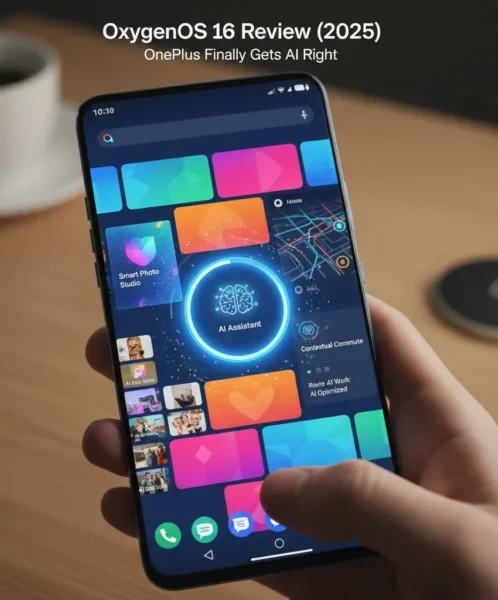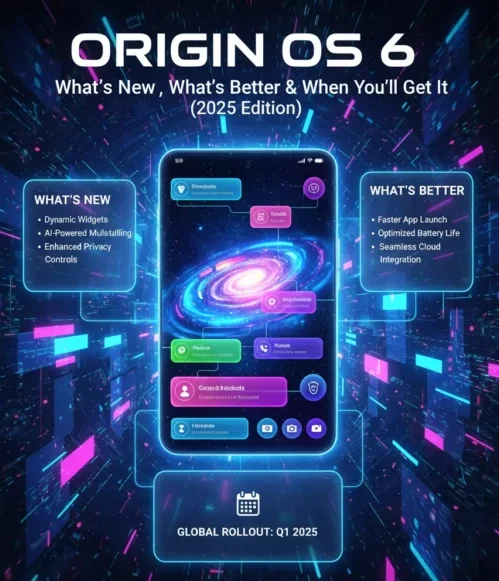iPhone 17 vs iPhone 17 Air — if you’re thinking of upgrading this year, you’ve probably been stuck between these two. At first glance, they look pretty similar, but there are some real differences under the hood. One offers more power, the other is slimmer and easier to carry around. Battery life, refresh rate, design — it all adds up depending on what you actually care about. In this guide, I’ll break it down in simple terms to help you figure out which one makes more sense for you.
For official specs and release info, visit the Apple Newsroom.
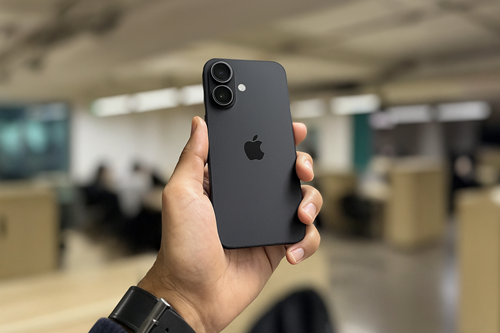
iPhone 17 vs iPhone 17 Air Model & SIM Details
| Model Name | iPhone 17 | iPhone 17 Air |
| SIM Type | Dual SIM (GSM + GSM) | Dual SIM (GSM + GSM) |
| Dual SIM Support | “Yes” | “Yes” |
| SIM Configuration | Nano SIM + eSIM | Nano SIM + eSIM |
| Device Category | Smartphone | Smartphone |
| Expected Launch | September 2025 | September 07, 2025 (Expected) |
Overall Specs Comparison
| Specs Score | 78 / 100 | 74 / 100 |
| RAM | 12 GB (More RAM) | 8 GB |
| Rear Cameras | 50MP + 12MP Dual (Higher resolution) | 12 MP + 12 MP Dual |
| Thickness | – | 6 mm (Slimmer design) |
| Battery | 4190 mAh (Larger capacity) | 3000 mAh |
Display Comparison
| Display Type | OLED, 1 Billion Colors | OLED, 1 Billion Colors |
| Touch Support | “Yes” | “Yes” |
| Screen Size | 6.3 inches, 1200 × 2600 pixels, 120 Hz refresh rate | 6.1 inches, 1200 × 2600 pixels, 60 Hz refresh rate |
| Aspect Ratio | 20:09 | 20:09 |
| Pixel Density | ~ 441 PPI | ~ 447 PPI |
| Notch | Yes, Small Notch | Yes, Small Notch |
Memory & Storage
| RAM | 12 GB | 8 GB |
| Internal Storage | 128 GB | 128 GB |
| Expandable Storage | Not Supported | Not Supported |
Battery Comparison
| Battery Type | Built-in, Non-Removable | Built-in, Non-Removable |
| Capacity | 4190 mAh, Lithium-ion | 3000 mAh, Lithium-ion |
| Fast Charging | Supported | Supported |
| Wireless Charging | Yes, 45W MagSafe | Yes, 15W MagSafe |
| Music Playback | Up to 100 hours | Up to 100 hours |
Camera Comparison
| Rear Cameras | 50 MP (f/1.5) Main Lens 12 MP (f/2.4) Ultra-Wide | 12 MP (f/1.5) Main Lens 12 MP (f/2.4) Ultra-Wide |
| Autofocus | Yes, with Phase Detection | Yes, with Phase Detection |
| Camera Features | Night Mode, Panorama, Deep Fusion, Smart HDR 4, Burst Mode, Photographic Styles, Location Tagging | Same as Device A |
| Video Recording | 4K at 24/25/30/60 fps 1080p at 25/30/60 fps | 4K at 24/25/30/60 fps 1080p at 25/30/60 fps |
| Video Recording | Dual LED Flash | Dual LED Flash |
| Front Camera | 24 MP (f/1.9) Depth Sensor True Depth, Retina Flash | 24 MP Retina Flash |
| Front Video | 4K @ 60 fps, 1080p @ 60 fps | 4K @ 60 fps, 1080p @ 60 fps |
Software & Performance Specs
| Operating System | iOS v26 | iOS v26 |
| Chipset | Apple Bionic A19 | Apple (Model Not Specified) |
| Processor (CPU) | Octa-Core | Octa-Core |
| Graphics (GPU) | Apple 4-Core GPU | Apple Core GPU |
| Java Support | No | No |
| Web Browser | Yes | Yes |
Summary Table
| Prices (estimated around) | Estimated around ₹79,900–₹89,900 | Estimated around ₹89,999 |

Final Conclusion – Which One Should You Buy?
If I’m being honest, both phones are solid — but they’re meant for slightly different kinds of people. The regular iPhone 17 feels like the “safe bet” — better battery, smoother screen, and more balanced overall. It’s the one I’d go for if you care about getting the most value.
But if you’re into slim, lightweight phones and don’t mind a slightly smaller battery or screen refresh rate, the iPhone 17 Air actually makes a lot of sense. It feels nice in hand and still packs Apple’s latest tech.
In the end, it all comes down to what matters more to you—power or convenience.
So yeah — no bad choice here, just pick what fits your vibe.
Still confused? Read more about the iPhone 17 here or explore what makes the iPhone 17 Air stand out.

